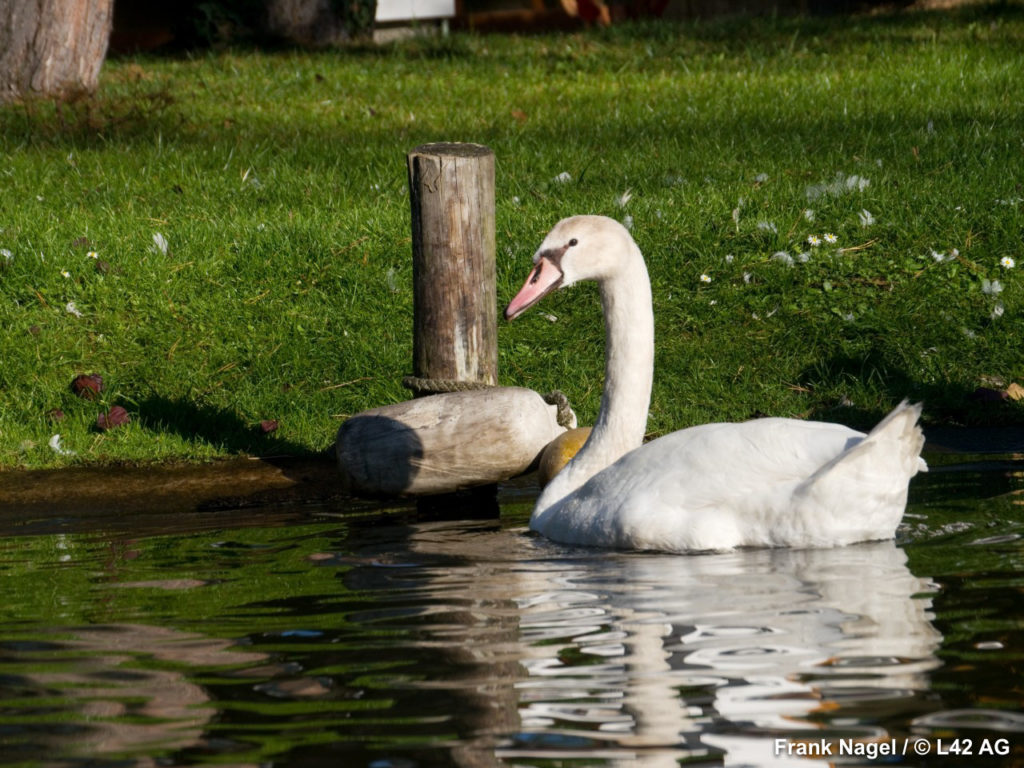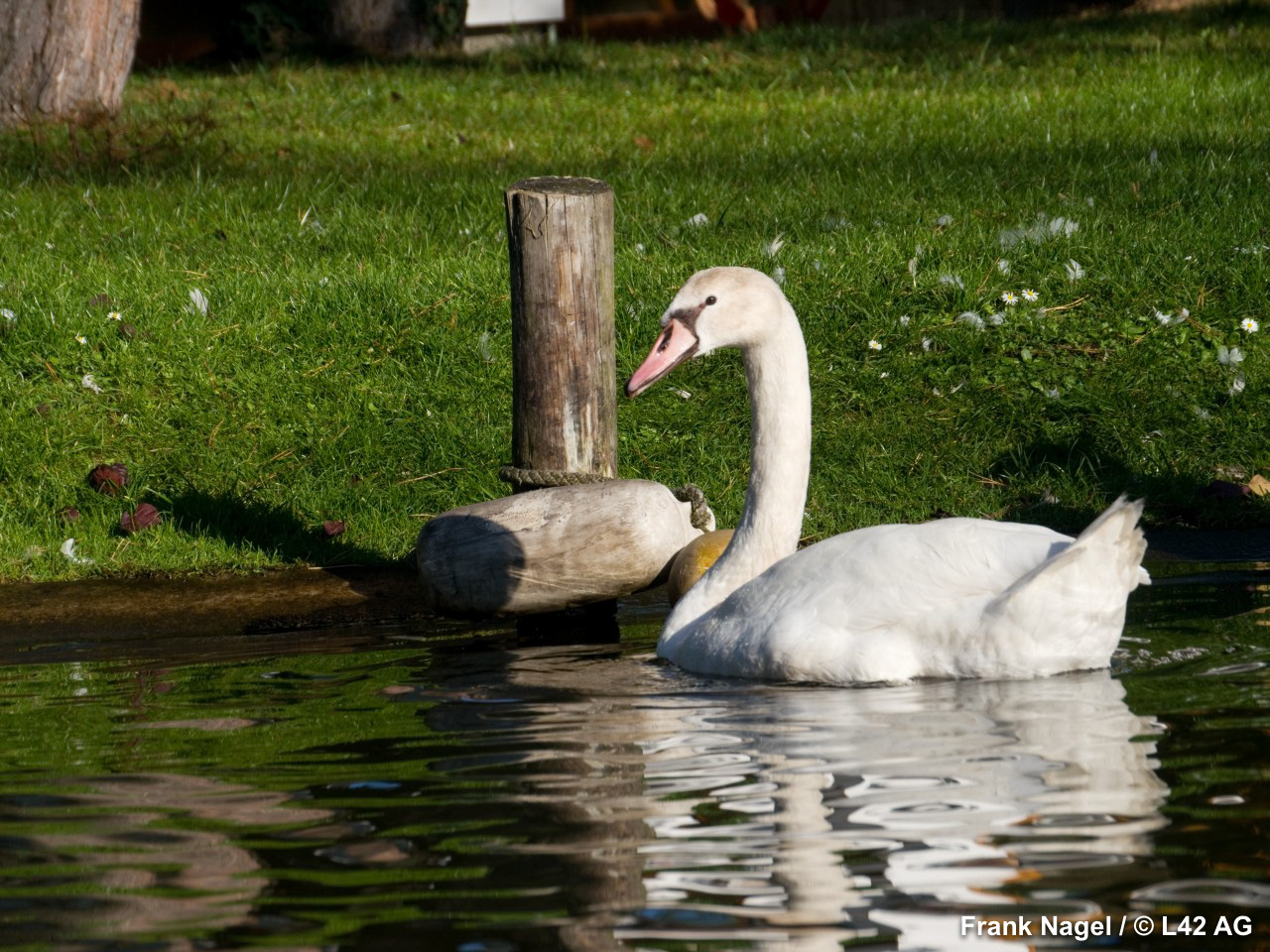
Berlin has an impressive number of both public and private swimming pools of every kind and taste. There are unreal tropical islands, floats for incomes and imaginations, pools in rivers, in lakes, supersonic temples in which to dive with or without salts while simultaneously being assaulted by lights designed to stimulate you and deafened by music meant to calm you, or vice versa, Olympic-sized pools that it would be impossible to make any more Olympic, curved slides, endless whirpools and waterfalls, and even dry pools turned into bars for those who really can’t stand the water but still want to go to the pool.
But, before all of this, we might ask ourselves, just what was here? The poet raises his hand.
Well-versed as regards establishments designed for the care of the body, his only problem is that he still refers to them in the old way, in other words, public baths. True, it’s a bit tiresome like those who refer to all movies as films but if we try to protest it just ends up in endless arguments. In this case we have to accept that it’s not about a quirky linguistic desire because he really means visiting the last public bath to have survived in all of Berlin – three pools and six showers attached to a sauna and solarium which still belong to that which was the second oldest public pool in the German capital, and without any doubt one of the most beautiful, Stadtbad Charlottenburg, located at Number 10 Krumme Straße, Crooked Street, right behind the Deutsche Oper.
This Volksbadeanstalt (Public Swimming Pool) was created in 1898 by the Berliner architect Paul Brating in perfect Jugendstil. Today the contrast on the front of the building between its elegant fish, rabbit, and aquatic plants and the typical redbrick Brandenburg Gothic and the smooth white cutaways is impressive.
Three floors of elegance dedicated to hygiene and cleanliness in a Berlin in which a private bathroom was completely unheard of. On the ground floor there are lovely round windows, and then three series of mullioned windows sober on the first floor, decorated on the second and interspaced with bright white columns and friezes in the shape of waves. The heavy and ornate wrought iron door is a nice green, like the window frames. The shiny decorations are white and green with hints of sky blue. The entrance has a high base of white tiles, interspersed with symmetrical robin egg blue and gold borders. The walls are a nice ochre tending toward chestnut, while the Gothic vaults and a pure white. This entrance gives you a sense of other, distant times, a solemnity that became schools, universities, and maybe even certain convents, or privileged hospitals. When it opened the complex had a 25-meter pool, then in the 1920s the water began to be treated with chlorine, and the water began to be heated not by steam, but directly by the power plant of Charlottenburg and the complex was provided with 40 bathtubs and 23 showers. Men and women went to different pools to swim and only in 1933 where swimming times for the entire family instituted.
The complex was bombed during the war but already in August 1945 it was once again on its feet with its showers and baths and in October of the same year with its pool. Then in the 1980s the number of baths was reduced to 14 and the showers to 8, and further reduced to 3 baths and 6 showers in the early years of the 21st century.
Up until about thirty years ago three hundred people a day still came to take a bath or shower. Forty-five minutes in a bath cost 4 marks, a towel 2, and sandalwood soap in a wrapper decorated with South Seas palms 50 pfennig. The operator of the baths would write in chalk outside the door when you went in and exactly forty-five minutes later would knock on the door. Sometimes they would have to ask those who were singing in the shower to respect the rules of quiet for those who were taking a bath, but this happened only rarely: in the shower people sang for the most part to themselves.
In the 1980s coal workers still came here to wash themselves, covered head to toe in black, as it was quite possible they still didn’t have a bath in their apartments or, what’s more likely, their wives wouldn’t let them step foot in the house in such a state. Today, when almost everyone has a bathroom and enjoys a lack of coal heating, the last frequenters of the public baths were for the most part the elderly with high blood pressure who found it practical that outside the pool there was a cord one could pull in the case of an emergency. When in 1974 the new Olympic-sized pool opened, people were afraid that the old pool would be taken apart, but because it was the Alte Halle (the Old Hall) in 1976 it began to offer “free” swimming (i.e. nude) twice a week to great success. And it continued up until 1982, the year in which it was declared a national monument. The complex was then completely renovated between 2006 and 2009.
Today we can still swim in the 25-meter pool, which is now completely made of steel and, above all, observe the elegant blue and white fixtures, the overhead lights to which the older brass lamps are attached and which take us back in time to an early 20th century seaside promenade. The frescos on the walls offer up relaxing scenes of country life with an almost 15th century like grace and an infinite gradation of greens continuously reflected in the transparent water. Even the lifeguard station – it too covered in cream colored tiles – has a harmonious oval-shaped entrance adorned with windows lined in deep green. The absolutely unusual shape of the changing rooms running along the inside together with the gallery, the green of the cutaways married with the natural green of the plants in their vases, the contrast between the soft colors of the walls and the blue iron of the building, the air of transparent elegance which arrives from the ceiling: all manage to poetically explain to us in one single glance and with ancient means the rules regulating the beauty of today’s modern and delicate architecture.
Translated by Alexander Booth

